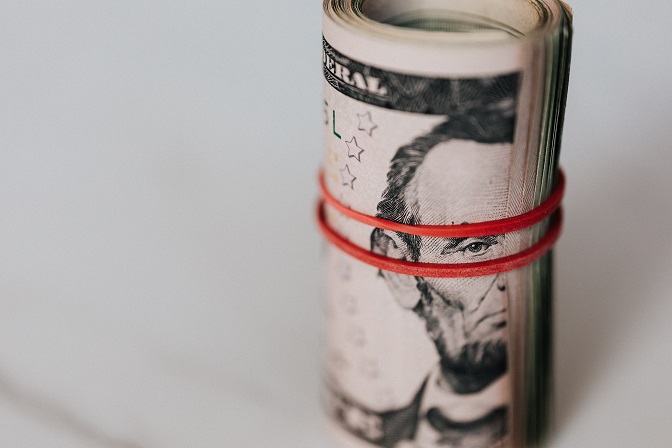Rebooting savings during the COVID-19 crisis
With the US government stimulus expired and replacement programs still in flux, households across the country are likely facing tough financial decisions. Contrary to what some might expect, even in a cash crunch one of those financial priorities will likely be ensuring that there is enough in savings accounts to weather an upcoming rainy day.
The pandemic has highlighted the importance of emergency savings, with some economists predicting a private savings boom. So, while those families out of work or on reduced income might have already drained what emergency savings they had prior to the COVID-19 outbreak, there’s a strong desire to build back those accounts as soon as possible.

How then should we think about structuring our savings plan to best set ourselves up for success?
Behavioral science teaches us that now is the time to devise and then commit to those emergency savings strategies – even before we might have the cash to do so in a meaningful way. How then should we think about structuring our savings plan to best set ourselves up for success?
Two is better than one
Many families use one catch-all savings account to store money for everything: emergencies, a down payment on a house, or a child’s college tuition. This can make it hard to tap those accounts when an emergency happens because it feels like you’re undermining long-term plans that you’ve worked hard for. People can then turn to expensive credit in an emergency to preserve savings – a money-losing proposition.
Instead, create individual accounts for our savings goals. At a minimum, this should be one account for emergency savings and another for long-term goals. Some families might opt for multiple accounts mapped to each of their savings goals.
This makes it much easier to tap emergency savings for actual emergencies. This account can be used and then replenished multiple times as needed, saving you from high-interest debt to cover those events.
Savings strategy
Building back savings does not happen in isolation. Deciding whether to put money away, take on more debt, or pay off credit cards first can be difficult. We recommend this sequence of savings strategies:
- Build up your emergency savings first. You’ll need to continue paying current bills but aim to have $1000-$2000 in your emergency savings account before tackling longer-term goal savings or paying off debt that you may have. Not only will that money provide peace of mind and increased psychological well-being, but it will be critical for the unexpected expenses that will inevitably come. It is important to avoid additional borrowing as you’re paying down other debt and having that cushion will help to do so.
- Pay down debt. After you’ve funded your emergency savings, then it’s time to pay off big debt like credit cards or personal loans. The most important number you can pay attention to when paying down debt is the interest rate – start by putting all your extra payments to the debt that is charging the highest interest (usually payday loans, followed by credit cards and personal loans), then go down the list from there.
- Long-term savings. Once you have paid off the high-interest debt, start on your savings for any bigger goals you have. These could include a new car, home, college savings, or other larger expense.
- Replenish savings. Throughout all this, remember that whenever you need do dip into your liquid savings account, replenishing it becomes your new primary goal. Rebuilding those emergency funds will be critical for a future, unexpected expense. To do this, you may need to pause your other goals for a short time.
Saving in a crisis
Even with a solid plan and goals in place, it can be difficult to get started at any time – much less in the middle of a health and financial crisis. Changing the way we think about money can help.
Here are some tactical suggestions for getting started:
- Predetermine spending money
For each paycheck or source of income, ask yourself: “How much of this do I need this week?” Keep the time horizon for spending short and pre-commit. Move only that amount into your checking account and the rest into one of your two savings accounts. Repeat this process each week to identify necessary expenses and to make saving a priority. Even small amounts add up over time.
- Form a habit
Rather than imagining “having savings,” plan for “building savings.” To get started, it’s more important to focus on the habit of storing money rather than the amount. For some that might mean committing to save 10% of every paycheck versus a specific dollar figure.
- Make it automatic
Set up automatic transfers to your savings accounts. It’s easy to forget or put off savings – but if that money is moved over before you get a chance to see or use it, you will be much more successful in saving for your short- and long-term goals.
For those looking to start their savings today, some digital banking products that are designed to help you reframe the way you think about your money more in line with the tactical steps above may help. Some even include features like multiple savings pockets and automatic savings features. Finding one that allows you to organise your money according to this new form of mental accounting can be a great way to put structures in place to help you succeed.
Whatever your goals or your situation, the important thing is to build a strategy today and take the first step – however small – to begin replenishing your savings even amidst this crisis.











































